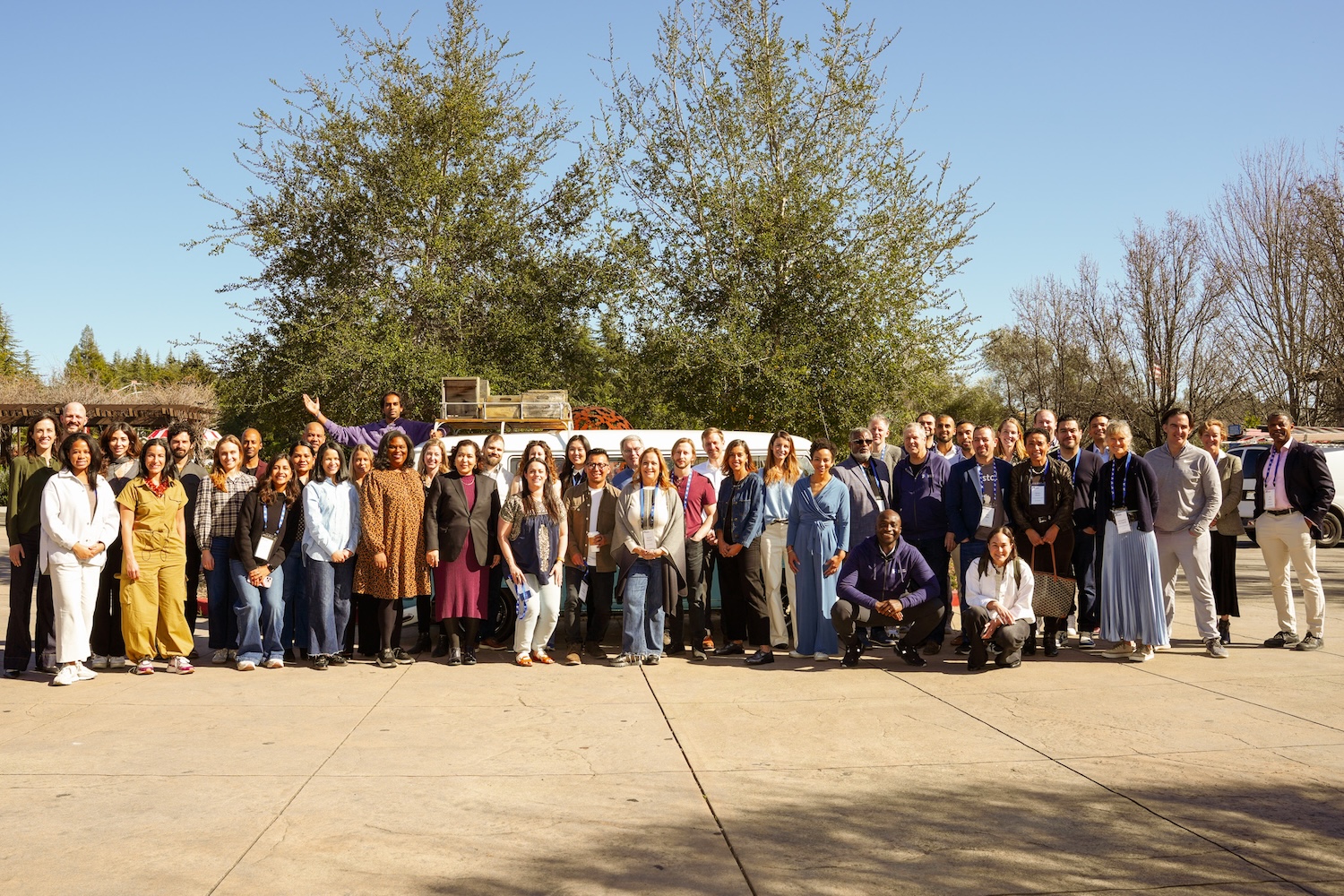Alexis Cobbins is the Executive director of the Preterm Birth Initiative The UCSF California Preterm Birth Initiative (PTBI), a group that conducts and funds research at the University of California San Francisco.
Black women have preterm births—babies born before 37 weeks—at a 51% higher rate than other American women. In California, more than one third of infant deaths are related to preterm births. The Preterm Birth Initiative (PTBI) at the University of California, San Francisco is part research institute, part community engagement hub. Through our work, we are trying to help usher in the kind of structural change that can improve maternal health outcomes for Black, Indigenous, and women of color.
Many of us at the PTBI, having been through it ourselves, know what needs to be done. Many of our staff are mothers of color who have been through America's messy maternal health care system.
When my second child was born preterm, I never felt like I had a consistent doctor. It just felt like I got passed around. It wasn't until my third pregnancy that I truly realized the cracks in the system and just how disrespectful prenatal care can be for birthing mothers of color. I was denied pain medication during labor, despite multiple requests. I once asked a nurse if they had some details on a type of medication and was told there was nothing written for the layperson. I work in maternal health, mind you! I know how to read a study. Another nurse just assumed I was on Medicaid. These are the kind of assumptions that nurses and doctors make routinely. This is the kind of racial bias that is inherent in the maternal health world.
We have policies and laws—from redlining to block busting—that have long contributed to structural racism and, as a result, health outcomes.
I realized that the structure is the problem. The racism that birthing mothers of color experience inside of the healthcare system is a result of the structure—like the way nurses and doctors are trained or how bias manifests itself in a clinical setting. So we need to start aiming our solutions at the structure.
Start by examining the determinants of health and environment
Broadly, when it comes to social determinants of health, it all has an impact. You have to think about it holistically: where you live and your environment. Are you in a food desert? Do you have access to nutrition? Is there easy access to good doctors near where you live or work? But when you boil down these social determinants, it all comes back to one root cause: structural racism. Because, who lives in a food desert is defined by structural racism. We have policies and laws—from redlining to block busting—that have long contributed to structural racism and, as a result, health outcomes.
We really need to be looking at the environment around moms. And so that's why our team started to take a keen eye on racism and social experiences. What are the different touchpoints of the mom before she even sets foot into a clinical space? And where can we have an impact there? So our entire research portfolio has shifted to really take a look at this from that perspective, instead of just clinical, just medical.
We know that it's not a silver bullet. It's going to take multiple interventions and strategies in order to address this issue. But some of the work that is being done at San Francisco General Hospital with their racial equity focus and the hospital's Birth Center work to incorporate social determinants of health into their care is a start—and a reflection of the work we do to help influence and change systems.
Bias is real. But the tide is (slowly) turning.
We'd like to think that our work at PTBI has poured into this larger effort. There was a bill that passed in California in 2019—SB 464, the California Dignity in Pregnancy and Childbirth Act—where OB-GYN providers are now required to take implicit bias training. So that's one shift where people are understanding that, yes, providers are people with bias and we need training to help with that.
There's definitely more to do around that piece, but it's a great first step to have this law in place—and it can have a real impact on the care that mothers of color get. And the early returns are encouraging: we see providers seeking these trainings on their own, regardless of the mandate.
People are actually open to hearing about racism being a root cause, and listening to that piece of the story. We have people wanting to know more. How can I change? What can I participate in? That's hugely important. You have to change attitudes to change structures.
A new framework to an old problem.
My colleague Solaire Spellen published a paper with Jenna Gaarde and Dr. Zea Malawa called Racism as a Root Cause Approach: A New Framework. People understand that structural racism is an issue, it oftentimes feels too big, too insurmountable. So they put together a new framework for an old problem. Driven by four pillars, an intervention that deploys this straightforward approach will:
“(1) prioritize a specific, racialized group for a precise, rather than universal, impact; (2) work to change policies, systems, or environments, as opposed to changing people; (3) be institutionalized and sustainable to create a long-term impact; and (4) repair historical injustices by shifting resources, power, and opportunities to racially marginalized groups.”
How does this apply to maternal health outcomes? We need to reimagine and restructure the care we get. Because the things that we're seeing right now did not just happen yesterday! These outcomes are hundreds of years in the making and a one-year intervention isn't going to reverse what's been going on, it has to be long-term. One positive change we have been a part of is the Abundant Birth Project, which provides Black and Pacific Islander pregnant people in San Francisco with a monthly income supplement of $1,000 per month for the duration of a pregnancy and then for the first two months of the baby's life. Cash can be a strong intervention.
In the meantime, here are other things that you can do to ensure that it has an aspect of reparations. Who are you hiring? What does your team look like? Is it a reflection of the community? You can't just listen to a bunch of researchers; you need to make sure that the voices of the community you're trying to serve are having the most input in the thing that you're trying to create.
What's good for mothers of color is good for everyone.
One thing that we strongly believe: if it works for Black and Brown birthing people, it will more than likely work for everyone. What we're trying to do is to make sure if we are able to help those that are most in need, then this is something that's going to work for way more people. Let's try this intervention with those who are experiencing the most burden first, and then let's open it up. So that's really our theory there.





